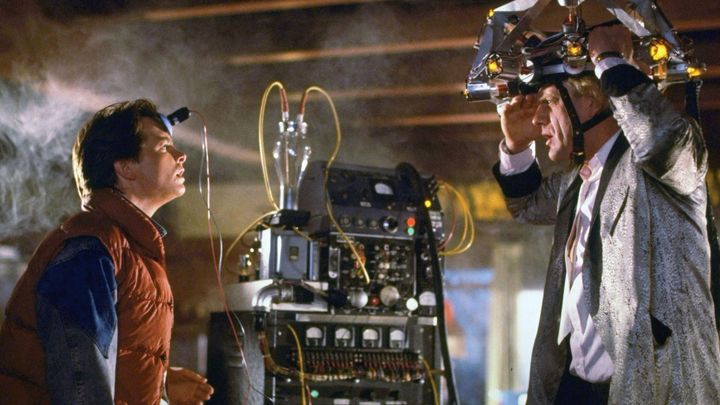It's been 15 years since the Human Genome Project gave us the key to our genes, and genetic applications have since skyrocketed. With breakthrough DNA editing tools on their way, the next big challenge in line for science is all about demystifying the potential of the human brain. But, why now?
Because for one, research in neuroscience is booming. Endeavors like the Human Brain Project are about half way completed. With an estimated cost of over $1 Billion and thousands of researchers from all over the world collaborating, we are on the cusp of some revolutionary ideas that will reshape so much of what we know about the brain. At the same time, we’re seeing remarkable progress made in the fields of advanced technology where computing power is transforming how we live our day to day lives. What these researchers and scientists want is to recreate a virtual brain where various new discoveries can be implemented, shared with the scientific community, and lead us to understand the way our brain works. So brace yourselves, neurotechnology is here to stay.
Most recently, Elon Musk, the guy who’s tackling some of the biggest challenges of the century, developing new energy paradigm and technologies to turn us into a multi-planetary species, just stepped in the same arena. In the similar realm as Bryan Johnson's company, Kernel - Musk announced Neuralink, a startup registered as a medical company that is pursuing the creation of an implantable brain to machine interface. Musk calls it the “neural lace”. And its ultimate goal? Granting humans direct access to the digital world in order to keep up with progress and side effects of AI.

Elon Musk, 2017
Now, make no mistake. Musk might well be able to bring his project to fruition. Things are moving fast. But as of now, there is no way to know how long it may take, or if we, as humans, will be ready to go as far as to voluntarily implant electrical devices in our brains. There's clearly a set of ethical, safety, and regulation sticky points here. From a technical standpoint, deep brain stimulation or other medical applications have been around for a long time. However, it was only a couple of days ago that a quadriplegic patient recovered enough mobility to feed. This was only possible thanks to 228 electrodes implanted in his brain and arm. And even if Mark Zuckerberg plans to pour millions in the production of minimally invasive neural interfaces to help those kind of patients, to see a direct to consumer implantable neurotechnology product might well take another 15 to 20 years.
At the same time, Elon Musk's launch of Neuralink is great news. It’s a major step in how we’re pushing academic research out of the labs and putting it in the hands of the consumers. It also means added interest for the field of neurotechnology and how it’ll lead to greater awareness, funding, and research.
As Elon chases the invasive technology to tap into the human brain, we should also know that there are other ways to understand and enhance the functions of our brain. External active devices can bring a lot of benefits to our everyday life without the risky prospect of a device attached to the surface of your brain. And that's not in 10-15 years, it's happening right now, it’s already science.

Back to the Future, 1985, American science-fiction adventure comedy film
Here, at Rythm, we’re already working on merging fundamental research, sleep medicine and engineering to push the boundaries of our understanding of the brain. We want to improve our everyday performance and deliver better health. We’ve started by tackling sleep with Dreem. Building off years of neuroscience academic research, we created a solution that syncs with your brain activity (electroencephalogram or EEG) to help you recover from your day and enhance your memory. We recently launched our beta product for 500 participants and are gearing for a consumer launch this Summer.
We’ve taken our work a step further by fostering a strong partnership between the medical world, sleep laboratories, and the corporate sector. By launching Morpheo, an open and secure sleep diagnosis AI platform, we’re annotating large sets of sleep data to build models that lead to better understanding of normal and pathologic sleep structure. The AI platform will enable sleep experts to automatically analyze millions of sleep data points instantly, and allow secure and distributed development of machine learning models for automatic diagnosis and detection of patterns. Once this system is in place, neurodegeneratives disease like Alzheimer’s and Parkinson’s will soon be tackled proactively through specific pattern of brain activity. We will be able to practice predictive sleep medicine based on automatic learning and massive data processing.
I am certain that we’re very close to a future where power of the human brain will coexist with advanced technology. However, I hope that the change it brings will improve our performance and better our health. The journey will be long and arduous, but it’ll definitely be fulfilling.
If you’re keen on hearing more about my thoughts on how neurotechnology will improve our everyday performance and deliver better health for future generations, I invite you to hear my recent talk at Hello Tomorrow conference in 2016.
